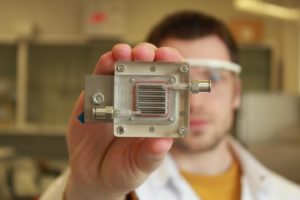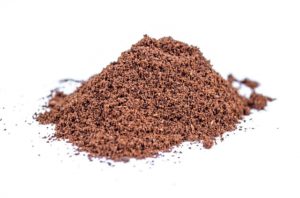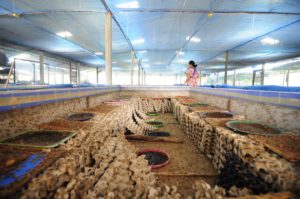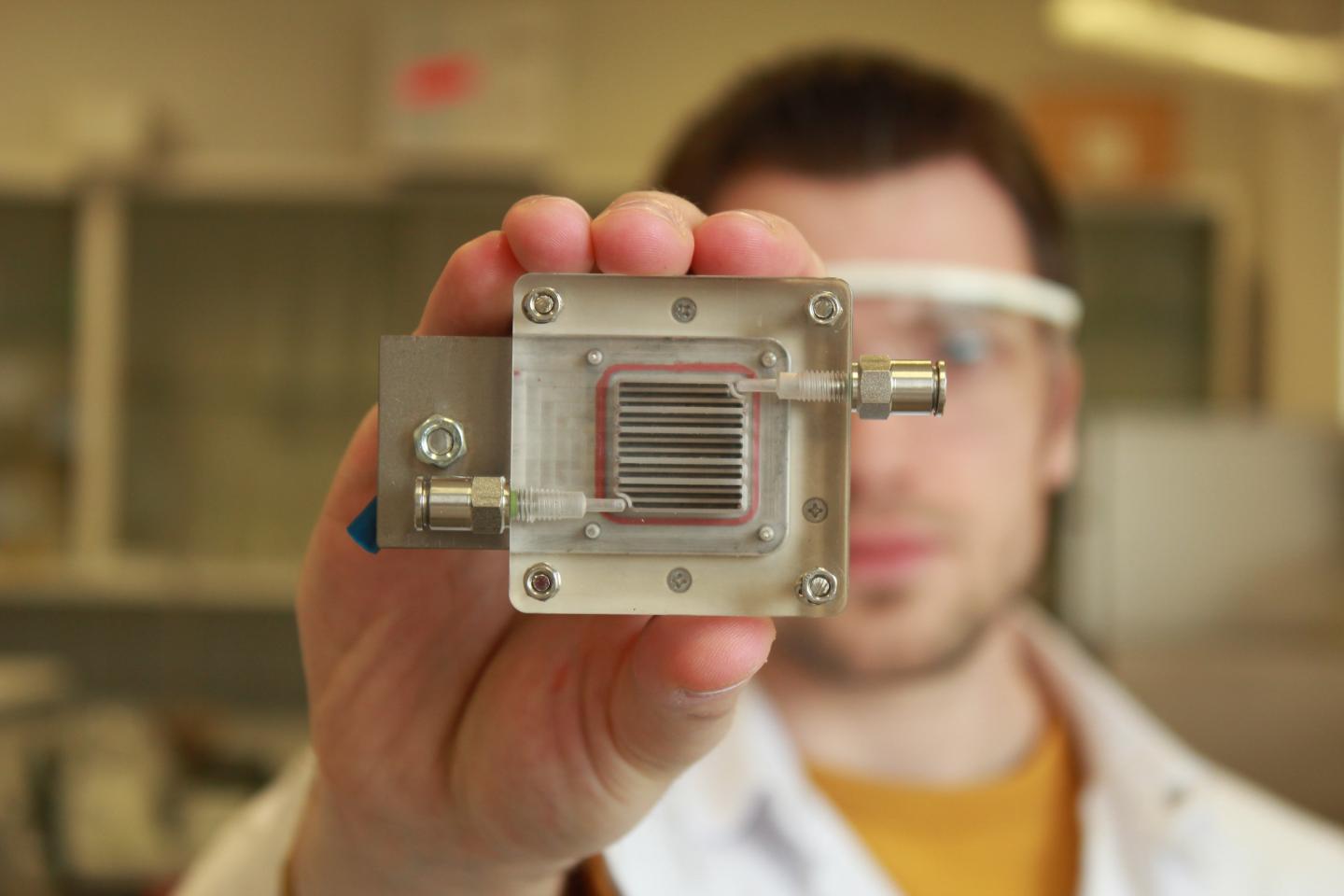Check out some of last week’s most interesting news stories:
1. Generating Power from Polluted Air

Air pollution is a major environmental issue, and a cause of health problems affecting millions of people globally. Fuel combustion is one of the main causes of air pollution, and scientists are earnestly trying to find solutions for air remediation, as well as alternative energy sources that are more environmentally friendly. Researchers from Belgium recently reported on a way to do both using a single device, which can turn air pollution into fuel. And it gets even better, it needs only light to operate.
It is a very simple device, consisting of two chambers separated by a membrane. The membrane is made of special nanomaterials that act as catalysts. Contaminants are degraded on one side, and hydrogen gas is produced on the other. The gas is stored and can be used for fuel. The device is currently very small, but the researchers are working on scaling up the technology.
Check out more details about the story here.
Verbruggen, S.W., et al. ChemSusChem.
2. Spray-Painting Touchpads

No longer will touchpads be restricted to flat phone or computer screens. Researchers at Carnegie Mellon have figured out a way to turn almost any kind of surface into a touchpad. The technology, which they presented at the Conference on Human Factors in Computing Systems last week, is based on the use of an electrically conductive coating that can be applied as easily as spray painting. When a finger touches the surface, some of the electric current is steered to ground through the hand, temporarily lowering the voltage. The researchers showed that it is possible to localize, with up to 1 cm of precision, where and when this occurs by using electrodes connected around the edges of the coating.
Apart from spray painting, other methods like 3D printing can be used to apply the coating, or even make the entire object using the conductive material. The researchers have already used the technology to create touchpads on several different surfaces, including a steering wheel, a guitar, and even jello. The possibilities are endless. Check out the video below to see how it works.
Video by Future Interfaces Group, Carnegie Mellon University.
Zhang, Y., et al. In Proceedings of the 2017 CHI Conference on Human Factors in Computing Systems (CHI ’17). DOI: https://doi.org/10.1145/3025453.3025842.
3. 3D Printed Skin
Recently, researchers at the University of Minnesota developed a 3D printed flexible electronic sensory device that could be used to give robots the ability to sense their environment. It consists of several layers, including a bottom silicone surface, and top and bottom electrode layers separated by a pressure sensor shaped like a coil.
An interesting application of these sensory devices would be to put them on surgical robots, which would allow the surgeon to feel during the operation. Furthermore, because the material can be printed at low temperatures, it could be used to print on skin. This opens up many practical uses for these sensors, such as printing wearable patches for health monitoring.
Visit the University of Minnesota webpage for more details, as well as a video of the printer in action.
Shuang-Zhuang, G., et al. Advanced Materials.
4. From Coffee Grounds to Fuel

Did you know that used coffee grounds can be used to produce biodiesel? Biofuels produced from feedstocks are generally not the ideal replacement for fossil fuels, because of all the resources required to grow them. Used coffee grounds, however, offer a convenient, low-cost alternative. Unfortunately, their commercial competitiveness is negatively affected by high processing times and costs. Consequently, very few companies are currently taking advantage of this potential biofuel source, and most of the spent coffee grounds that are produced daily end up in landfills.
In a study published earlier this month, scientists from Lancaster University figured out a way to make the process much more efficient than what was previously used. While the technique typically involves two steps, one for extracting the oils and another for turning them into biodiesel, they showed that it is possible to do both steps at once. This modified process dramatically cuts down on processing times and costs, and will hopefully lead to a greater exploitation of this alternative fuel source.
Najdanovic-Visak, V., et al. Journal of Environmental Chemical Engineering. https://doi.org/10.1016/j.jece.2017.04.041
5. Cricket Farms – A Promising Alternative

It is well known that meat production places a high burden on the environment. Insects have often been called the food of the future because of their high nutritional value, and potentially lower environmental impact. Recently, a study on the sustainability of crickets as a food source showed that they can in fact be produced in a more environmentally friendly way than other livestock. The study compared the environmental impact of cricket and broiler chicken production in Thailand, by focusing on certain ecological markers, such as eutrophication and resource consumption.
They found that in most of the markers studied, cricket farming had a smaller ecological footprint. In both cricket and chicken farms, feed production was one of the areas with the highest impacts. Although it is not their natural diet, farmed crickets are fed chicken feed because it makes them grow faster. However, crickets are more efficient in turning the feed into animal protein, thus resulting in a lower impact than chickens. Researchers are now working on finding better feed sources for commercially farmed crickets in order to reduce the ecological footprint of raising them even more.
To learn more about the story, visit the University of Copenhagen website.
Halloran, A., et al. Journal of Cleaner Production. https://doi.org/10.1016/j.jclepro.2017.04.017
